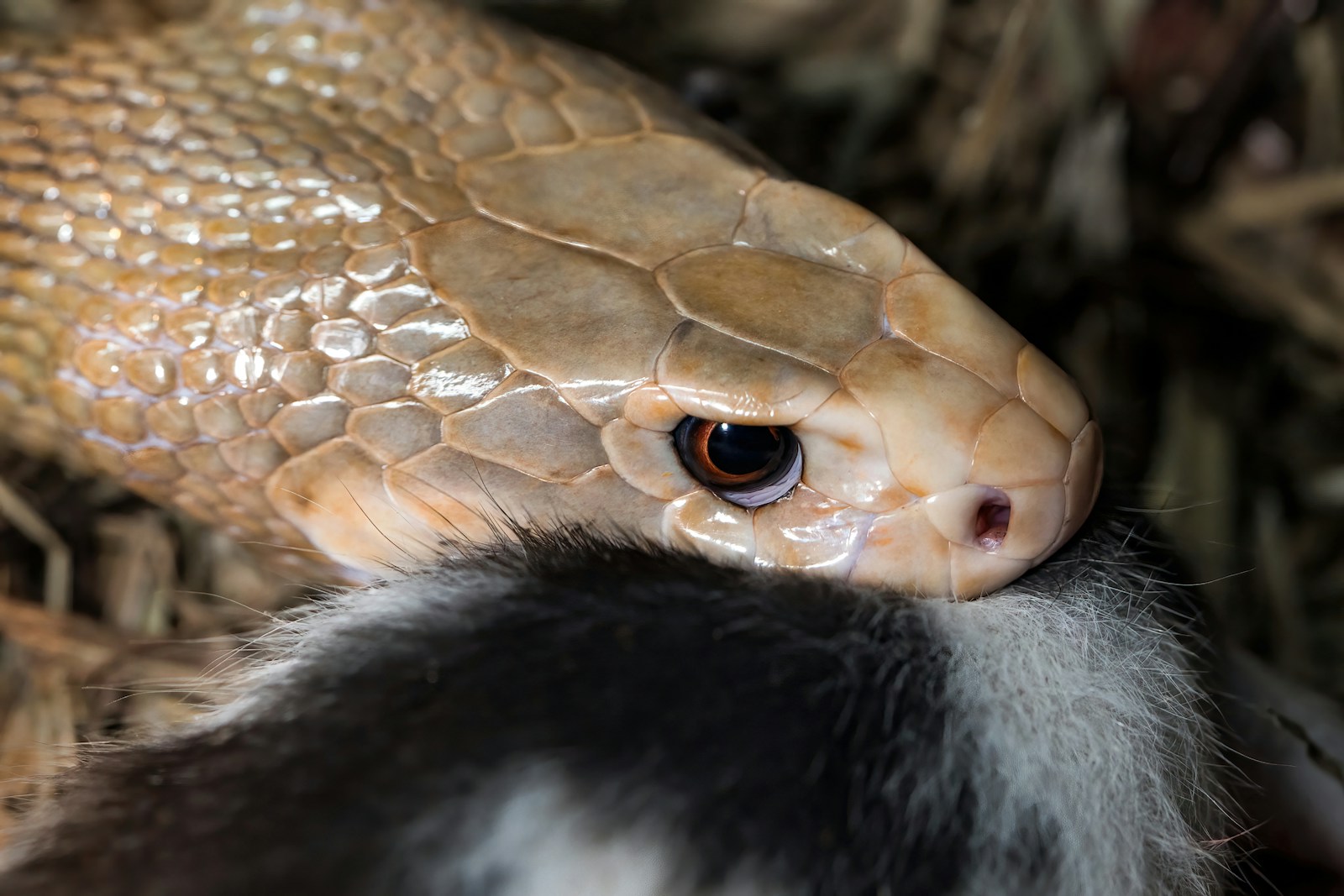In the fascinating world of snakes, few behaviors are as impressive as their ability to consume prey much larger than their head diameter. These remarkable reptiles have evolved specialized adaptations that allow them to swallow animals whole that seem impossibly large. However, nature has its limits, and sometimes a snake’s eyes can be bigger than its stomach—literally. When a snake attempts to consume prey that exceeds its physical capabilities, a series of dangerous and sometimes fatal consequences can unfold. This article explores the physiological challenges, behavioral responses, and potential outcomes when snakes bite off more than they can chew.
The Remarkable Anatomy of Snake Feeding
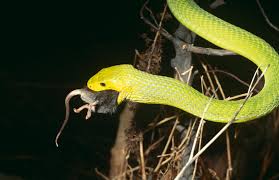
Snakes possess one of the most specialized feeding mechanisms in the animal kingdom, with jaws that can unhinge and skin that can stretch to accommodate large meals. Unlike mammals with fixed jaw joints, snakes have extremely flexible ligaments connecting their jaw bones, allowing for extraordinary expansion. The quadrate bones, which connect the upper and lower jaws, can rotate outward, effectively increasing the size of the mouth opening. Additionally, snakes have multiple joints in their lower jaw that can spread apart, and their skin is highly elastic, featuring folds that allow for significant stretching during ingestion. These remarkable adaptations enable many species to consume prey items that exceed their body diameter several times, but even these specialized features have their limits.
When Ambition Exceeds Capacity
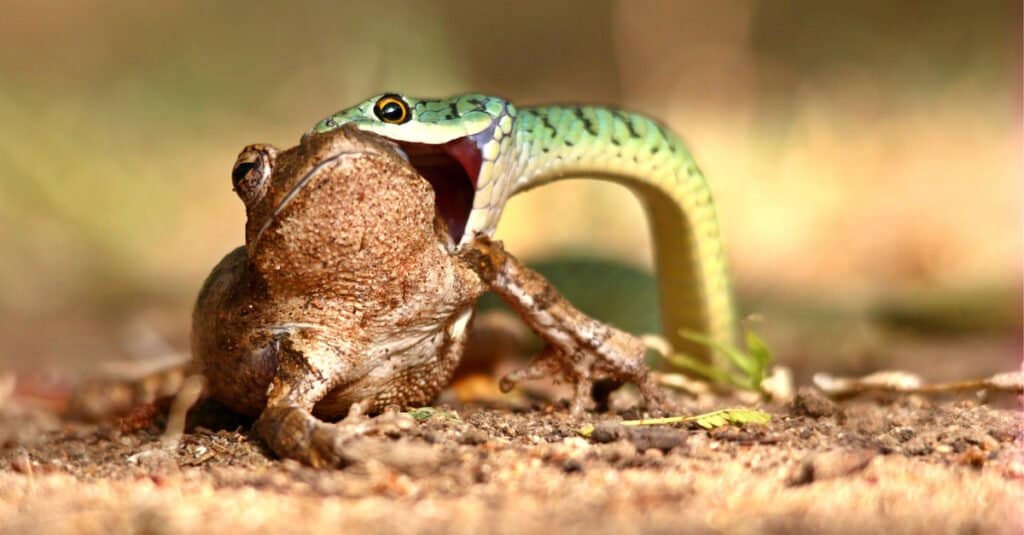
Despite their impressive adaptations, snakes sometimes attempt to consume prey that is simply too large for their physical capabilities. This can happen for several reasons, including opportunistic feeding behavior when larger prey is available, misjudgment of prey size, or extreme hunger driving risky feeding attempts. In the wild, food opportunities may be unpredictable and infrequent, pushing snakes to attempt to consume whatever suitable prey they encounter. Young or inexperienced snakes are particularly prone to misjudging what they can successfully consume. Some snake species, like pythons and boas, have such strong feeding responses that once they’ve initiated the striking and constricting process, they may attempt to continue swallowing even when the prey is too large for their digestive tract.
The Dangerous Process of Regurgitation
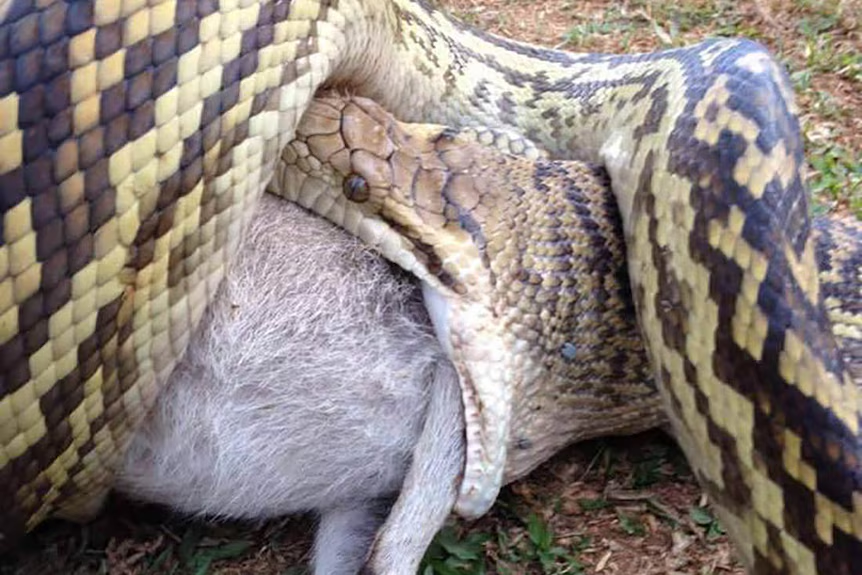
When a snake realizes it cannot fully ingest oversized prey, regurgitation becomes a necessary but physically taxing escape mechanism. The regurgitation process reverses the complex series of muscular movements used during ingestion, requiring significant energy expenditure from an already stressed animal. During regurgitation, the snake may experience injuries to its mouth, esophagus, and surrounding tissues as it forces the partially swallowed prey back out. The process is particularly risky because the snake’s windpipe can become compressed by the large prey item, potentially causing suffocation if the snake cannot expel the food quickly enough. Additionally, stomach acids and digestive enzymes that were already activated may cause damage to the snake’s mouth and throat tissues during the regurgitation process, creating potential for infection or tissue necrosis.
Physical Injuries from Overly Ambitious Feeding
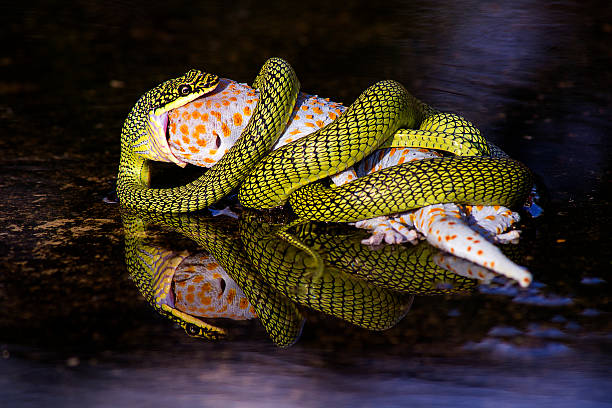
Attempting to consume excessively large prey can result in serious physical trauma to a snake’s body. The extreme stretching of tissues can cause tears in the esophagus, stomach, or even the skin around the mouth and neck region. These injuries are not only immediately painful but can lead to long-term complications such as infection, scarring, and reduced feeding capability. In some documented cases, snakes have suffered dislocated jaws that failed to return to their proper position after an attempted large meal. The strain of stretching beyond natural limits can also damage the delicate ligaments that allow jaw mobility, potentially leading to permanent disability. For some unfortunate snakes, these injuries can be so severe that they significantly impact the animal’s ability to feed in the future, essentially creating a life-threatening situation even if they survive the immediate trauma.
The Risk of Asphyxiation
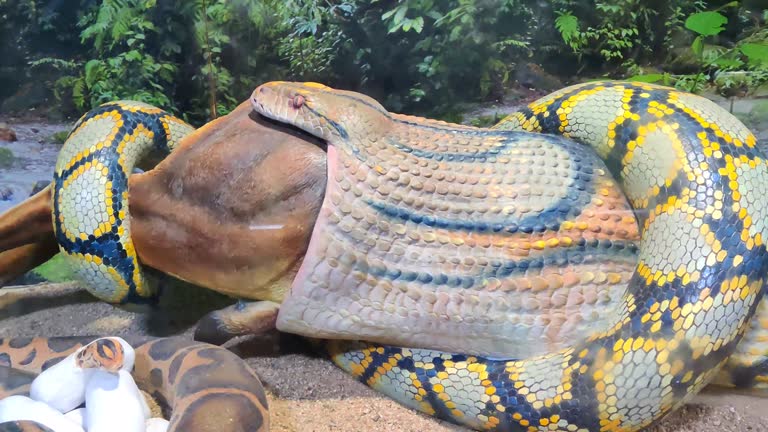
One of the most immediate dangers when a snake attempts to eat oversized prey is asphyxiation. Snakes have a specialized adaptation called the glottis—a tube-like structure that extends from the windpipe and can be projected forward during feeding to allow continued breathing while swallowing. However, when prey is excessively large, it can compress the trachea, despite this adaptation, cutting off the oxygen supply. The pressure from enormous prey can physically prevent the lungs from expanding properly, leading to respiratory distress or complete respiratory failure. This situation becomes particularly dangerous when the snake has managed to get the prey partially down its throat but cannot move it further, creating a situation where the snake cannot breathe but also cannot quickly expel the obstruction. In captivity, observant keepers may be able to intervene, but in the wild, this predicament often proves fatal.
Metabolic Consequences of Oversized Meals
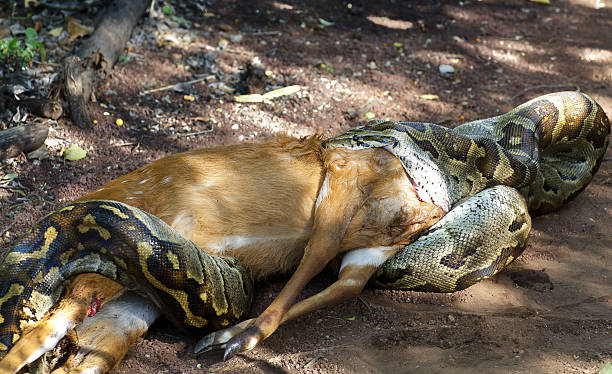
Even when a snake successfully ingests prey that pushes the upper limits of its capacity, significant metabolic challenges follow that can threaten its survival. Digesting any meal requires substantial energy expenditure for snakes, with their metabolic rate increasing dramatically, up to 40 times their resting rate for some species, during digestion. With excessively large prey, this metabolic demand can overtax the snake’s physiological systems. The extreme energy requirement may deplete the snake’s resources, leaving it weakened and vulnerable. Additionally, the massive digestive effort generates considerable heat, and if the snake cannot properly thermoregulate during this process, it may experience dangerous temperature fluctuations. The sheer volume of digestive enzymes and acids needed for extraordinarily large prey can sometimes exceed what the snake’s body can produce, resulting in partial digestion and potential putrefaction of the meal inside the snake’s digestive tract.
Digestive Tract Ruptures and Perforations
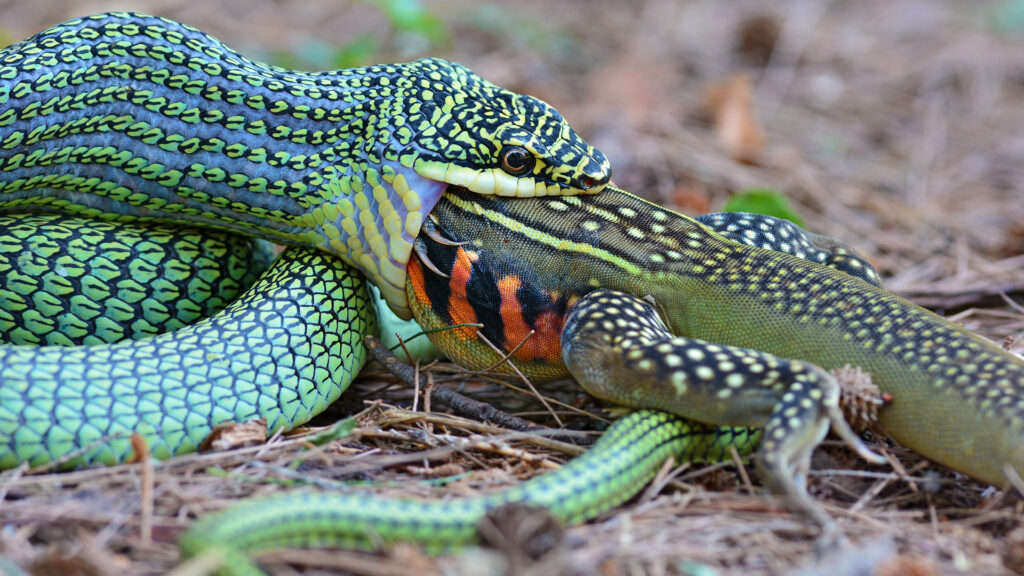
In severe cases, oversized prey can cause catastrophic damage to a snake’s internal organs through ruptures and perforations. The digestive tract of a snake, while stretchable, has physical limitations that cannot be exceeded without structural failure. When these limits are surpassed, the stomach or intestinal wall may tear, allowing digestive contents to leak into the body cavity. This situation creates a life-threatening condition similar to peritonitis in mammals, where digestive enzymes begin breaking down internal tissues, and severe infection rapidly develops. The pressure from an excessively large meal can also cause compression of other internal organs, disrupting the normal function of the liver, kidneys, and reproductive organs. These internal injuries are particularly insidious because they may not be immediately apparent externally, but often lead to sepsis and death within days if not addressed through immediate veterinary intervention.
Vulnerability to Predators During Digestion
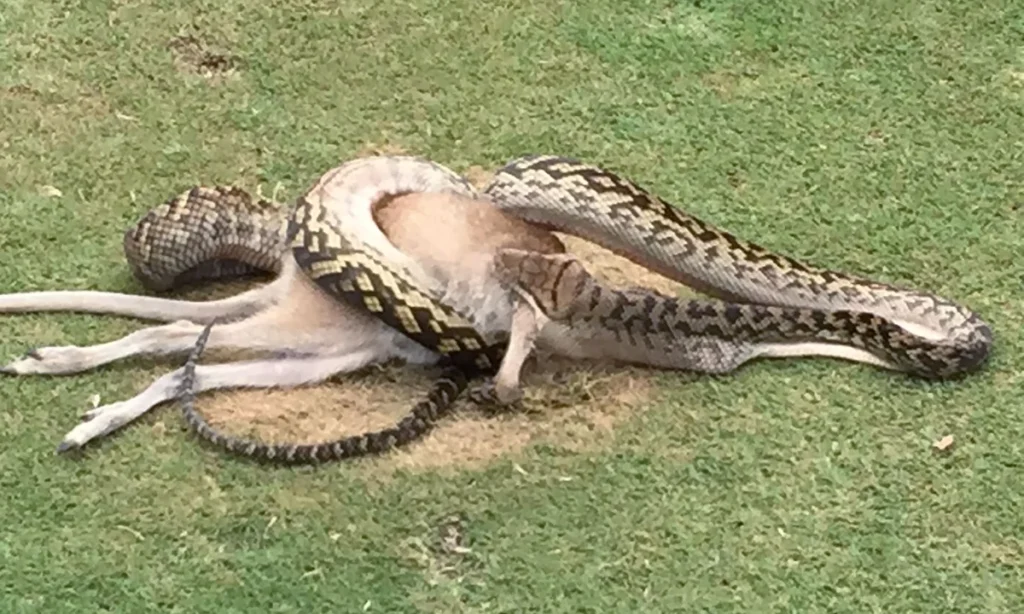
A snake that has consumed prey at the upper limit of its capacity faces significant vulnerability to predation during the extended digestive period. Normal movement becomes severely restricted or impossible when a snake’s body is dramatically distended by an oversized meal. This immobility may last for days or even weeks with particularly large prey items, during which the snake cannot effectively flee from danger. The metabolic demands of digestion also prevent the snake from engaging in defensive behaviors that would normally protect it from threats. Additionally, the distended body shape makes the snake more visible to predators and unable to access typical hiding spots and burrows that would normally provide protection. This period of vulnerability can be especially dangerous in areas with numerous predators, such as birds of prey, larger reptiles, or mammals that readily prey on snakes when the opportunity presents itself.
Documented Cases in the Wild
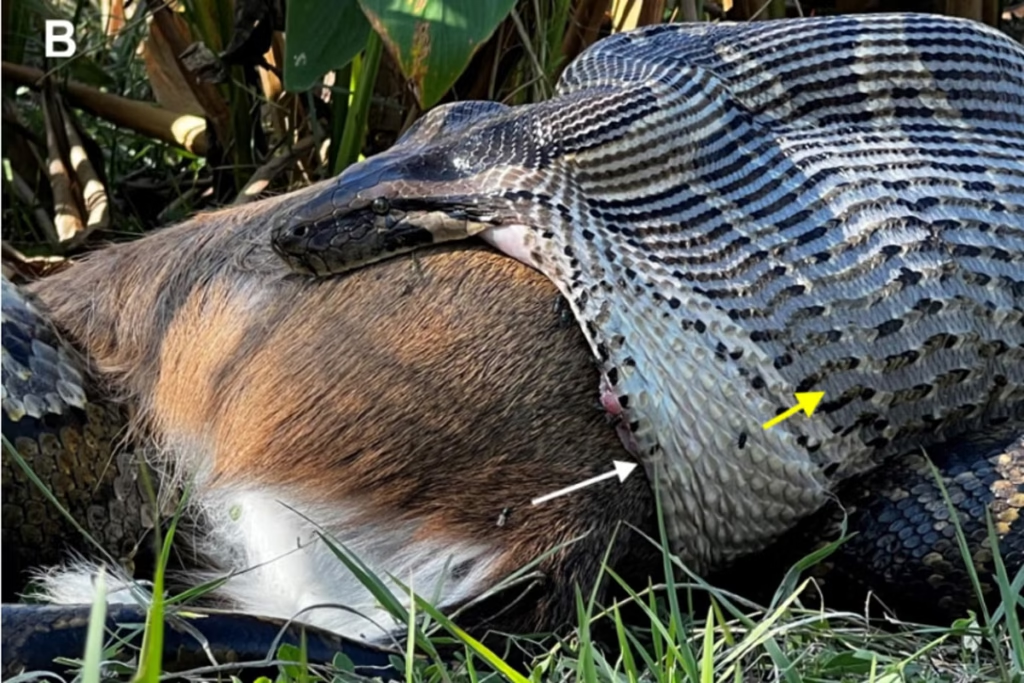
Wildlife researchers have documented numerous dramatic cases of snakes attempting to eat prey too large for their bodies. One famous example involved a Burmese python in Florida that died attempting to consume an alligator—the snake’s midsection ruptured during the process, killing both predator and prey. In Australia, olive pythons have been observed successfully consuming large crocodiles, but similar attempts by smaller individuals have ended in death for the snake. Researchers in South America documented a case where an anaconda regurgitated a capybara that was approximately half the snake’s body weight after struggling with the meal for several days. These natural observations provide valuable insights into the upper limits of snake feeding capabilities and the potential consequences of exceeding those boundaries. The frequency of such events suggests that the risk-reward calculation for attempting large meals remains favorable enough evolutionarily that snakes continue to occasionally push beyond their physical limitations.
Problems in Captivity
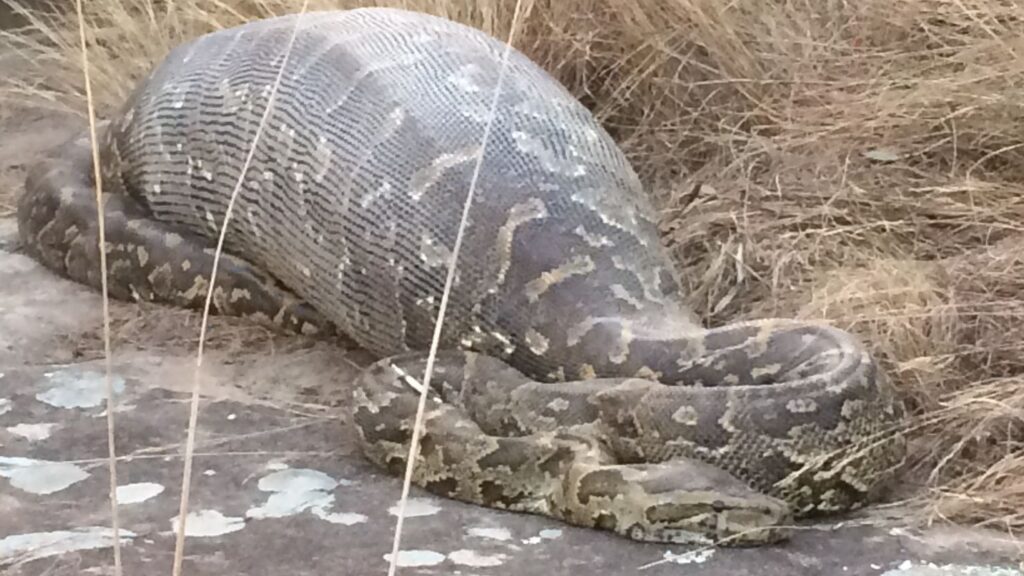
Inappropriate feeding is unfortunately common in captive snake environments, where well-meaning but uninformed owners may offer prey items that are too large. Unlike wild snakes that have evolved to make their own feeding decisions, captive snakes rely on human judgment for appropriate prey size. The general recommendation among reptile veterinarians is that prey items should be no larger than 1-1.5 times the widest part of the snake’s body, but this guideline is sometimes ignored. Captive feeding issues are further complicated by the tendency toward obesity in pet snakes, which may alter their natural feeding responses and digestive capabilities. The controlled environment of captivity also removes natural selection pressures that would normally eliminate snakes that consistently attempt to eat oversized prey. Responsible snake ownership requires educating oneself about species-specific feeding requirements and understanding the serious health consequences of offering inappropriately sized prey.
Evolutionary Perspective on Ambitious Feeding
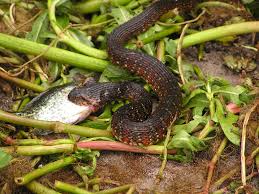
From an evolutionary standpoint, the tendency of snakes to occasionally attempt to consume exceptionally large prey makes biological sense despite the risks involved. In environments where feeding opportunities are unpredictable, the benefit of consuming a large meal that could sustain the snake for months might outweigh the potential dangers of attempting such a feat. Natural selection has favored the development of extreme feeding adaptations in snakes, suggesting that successful consumption of large prey items provides significant survival and reproductive advantages. The occasional deaths that result from over-ambitious feeding attempts represent the continuing evolutionary pressure that refines these feeding behaviors and physical adaptations across generations. Interestingly, different snake species show varying degrees of conservative feeding behavior, with some consistently selecting more manageable prey while others regularly push the boundaries of what they can consume, likely reflecting different evolutionary strategies shaped by their specific ecological niches.
Veterinary Interventions and Treatment

When pet snakes face complications from attempting to eat overly large prey, veterinary intervention can sometimes save their lives. Emergency procedures may include manual assistance with regurgitation, wherein the veterinarian carefully helps the snake expel the prey item without causing additional damage to the esophagus or mouth. In cases where the prey has been partially digested but is causing an obstruction, surgery may be necessary to remove the blockage and repair any damage to the digestive tract. Supportive care following such emergencies typically includes administration of fluids to combat dehydration, antibiotics to prevent infection from injuries or regurgitation, and sometimes force-feeding specially formulated liquid diets during recovery. Veterinarians with reptile expertise may also use imaging techniques such as radiographs or ultrasounds to assess internal damage and monitor recovery progress. The prognosis for these cases varies greatly depending on the severity of the injuries, the duration of the problem before intervention, and the overall health of the snake before the incident.
Preventative Measures and Responsible Feeding
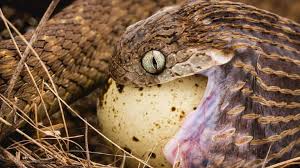
For snake owners, understanding proper feeding protocols is essential to preventing dangerous feeding attempts. Appropriate prey size selection is the most important preventative measure, with most experts recommending that prey should not exceed 1-1.5 times the diameter of the snake at its widest point. Feeding should be conducted in dedicated containers separate from the snake’s regular enclosure to prevent accidental ingestion of substrate along with the prey. Monitoring the feeding process is crucial, as it allows for immediate intervention if the snake appears to be struggling with prey that is too large. Establishing proper feeding schedules based on the snake’s age, species, and condition helps prevent the extreme hunger that might drive a snake to attempt to consume oversized prey. For wildlife observers, understanding these natural limitations can help with the interpretation of snake behavior in the wild and potentially allow for intervention in rare cases where valuable or endangered snake species might be at risk due to feeding complications.
The ambitious feeding behavior of snakes represents one of the most remarkable adaptations in the animal kingdom, allowing these limbless predators to consume prey many times larger than their head size. However, when snakes exceed their physical limitations, the consequences can range from uncomfortable to fatal. The complex interplay between hunger, opportunity, and physical capability continues to shape the evolution of snake feeding behavior in the wild. For those keeping snakes in captivity, understanding these limitations is crucial for responsible care. While we might marvel at the snake’s impressive ability to stretch its body to accommodate large meals, we must also respect the boundaries that even these extraordinarily adapted animals cannot safely cross—a sobering reminder that in nature, even the most specialized adaptations have their limits.

